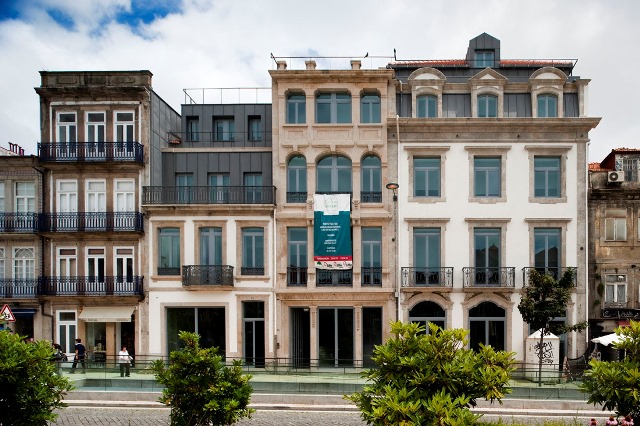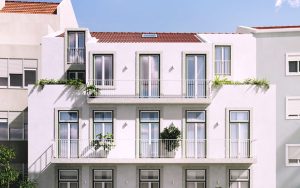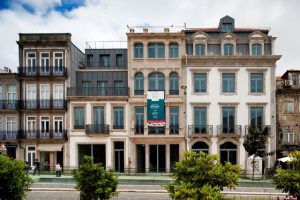If there is one area in the Portuguese real estate sector that combines profitability, social impact, and prestige, it is urban rehabilitation. More than just a trend, it has become a solid strategy for those who want to diversify their portfolio, increase value margins, and actively participate in the transformation of cities.
Portugal lives a paradox: thousands of vacant or degraded properties in premium locations coexist with a growing demand for housing, offices, and tourism spaces. This reality, combined with legal and tax incentives, makes rehabilitation one of the most promising areas for investors.
Why urban rehabilitation is a unique opportunity
Prime locations at competitive prices
Many properties in need of rehabilitation are located in historic centres or areas with strong appreciation potential. Purchasing below market value and rehabilitating generates profit margins higher than new construction.
Robust tax benefits
Properties located in Urban Rehabilitation Areas (ARU) benefit from incentives such as exemption from Property Transfer Tax (IMT), exemption from Municipal Property Tax (IMI) for 5 years (renewable), reduced VAT rates, and deductions in personal and corporate income taxes (IRS/IRC).
Targeted financing
Programmes such as IFRRU 2030 provide credit lines with competitive interest rates and extended terms, creating a secure environment for structured investors.
Accelerated appreciation
Rehabilitation not only increases the asset’s value but also meets a growing demand for requalified properties — whether for long-term rental, tourism accommodation, or resale.
Social and reputational impact
Investing in rehabilitation contributes to neighbourhood revitalisation, preservation of historical heritage, and creation of housing. This combination strengthens investor reputation and generates intangible value with partners and clients.
Practical examples of appreciation
-
Lisbon and Porto: Neighbourhoods such as Alfama, Intendente, and Bonfim have seen 200% to 400% growth in price per square metre in less than 10 years after rehabilitation projects.
-
Medium-sized cities: Braga, Évora, and Setúbal show similar trends, driven by demand from students, tourists, and foreign investors.
How to invest wisely
Strategic legal analysis
Before moving forward, it is crucial to assess licences, urban planning history, and potential encumbrances. Specialised legal advice ensures acquisition security and project viability.
Strategic partnerships
Working with local architects, engineers, and teams is key to meeting deadlines, optimising costs, and ensuring quality.
Long-term vision
Rehabilitation is more than a financial investment: it is a legacy project. By repositioning assets in key locations, investors build a strong and resilient portfolio.
Conclusion: The market is ready, it is time to act
With thousands of vacant properties, attractive tax incentives, and growing demand for housing and quality tourism, Portugal offers fertile ground for investors looking to grow with confidence.
Urban rehabilitation is today the greatest “playground” for smart investors:
-
Profit with social impact
-
Accelerated asset growth
-
Protection against economic volatility
Investing in rehabilitation is not just good business — it is an opportunity to lead urban transformation and build meaningful legacy assets.




